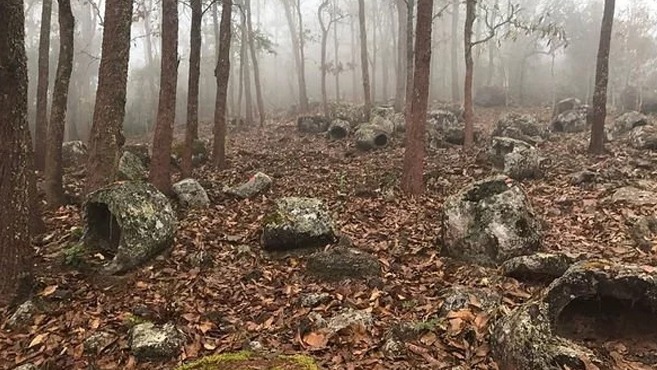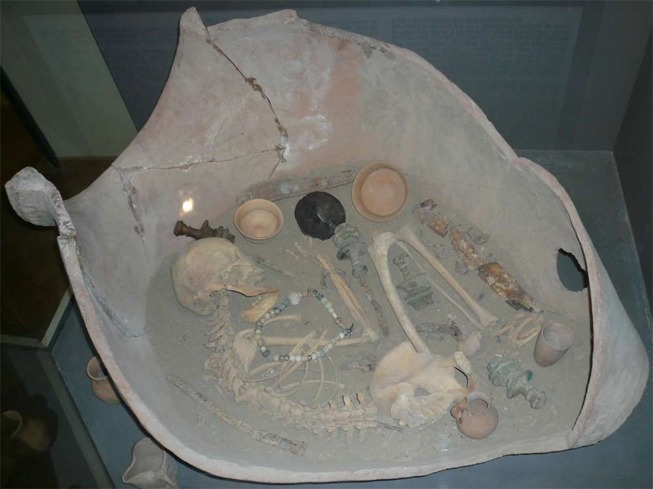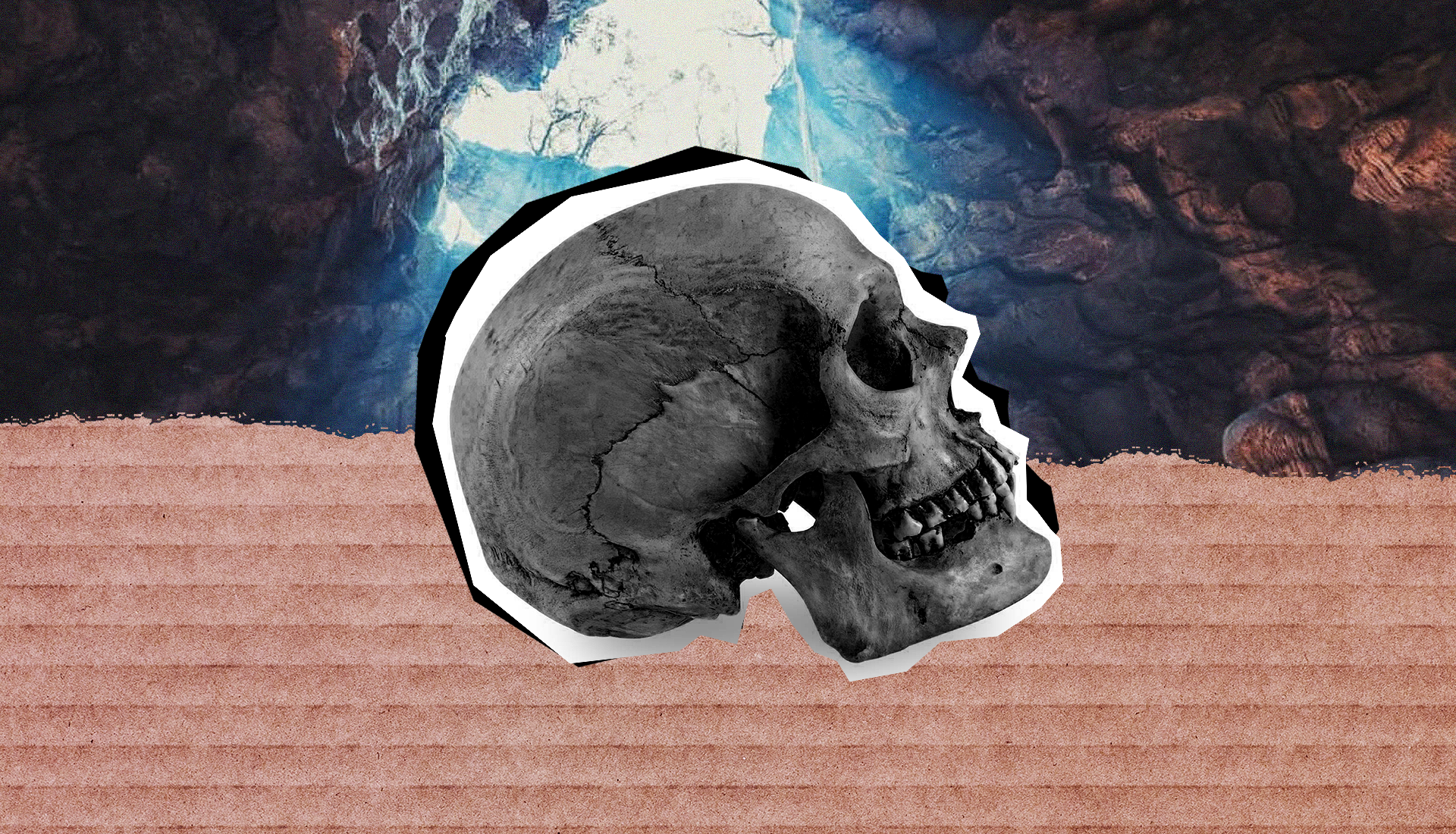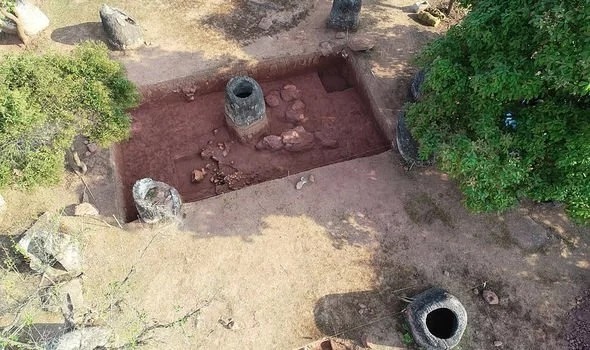A millennia-old mystery has been unearthed in Southeast Asia.
Researchers from the Australian National University have made a puzzling archaeological discovery in the country of Laos. Across 15 sites, mostly ones deeply hidden in mountainous forests, 137 large stone ‘jars of the dead’ have been uncovered that likely date back to the 1000’s CE.
The research team claims that these giant stone structures were once used in ancient burials across the region, with this hunch supported by the fact that human skeletons were found in many of the jars (good sleuthing guys…)


The cup-like carved stones vary in size, ranging up to three metres tall and weighing up to three tons. This is surprising considering the distances these jars had to be dragged from quarries to where they were found. These ‘burial grounds’ are several kilometres from where the jars themselves could have been made. The product of what could only have been a great group effort suggests the importance of both these ceremonial artefacts, and where they were found.
Local legend claims that the urns were goblets once used by a drunken horde of giants. We’ve not quite landed on whether we’d prefer this explanation, but certainly the more likely alternative theory – that they were made to capture monsoonal rainwater – doesn’t explain why so many people thought they’d be the perfect place to stash a body.


‘Why these sites were chosen as the final resting place for the jars is still a mystery’, said archaeologist Dougald O’Reilly. ‘On top of that, we’ve got no evidence of occupation in this region.’
Also found alongside the jars were Iron Age artefacts, including decorative ceramics, glass beads, iron tools, and other tools used for making clothing. This again points to the significance of the jars as an item in a burial ritual, with the personal effects similar to those placed in Egyptian sarcophagi. The idea, if other ancient civilisations are anything to go by, is that these items would accompany the deceased to the afterlife.




















